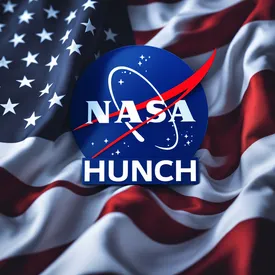Overview
2025-2026 School Year
Exciting Reintroduction of NASA HUNCH's Software Program
After a five-year hiatus, NASA HUNCH is back and better than ever with its newest SOFTWARE program's 3rd Year! This revitalized initiative, which emerged from the program's successful endeavor over eight years ago, invites students to collaborate directly with NASA to develop cutting-edge software applications for the International Space Station and the ambitious Moon to Mars program.
Students dive into real-world challenges, tackling project prompts inspired by direct feedback from astronauts and insights from subject matter experts. This hands-on experience not only empowers young innovators but also addresses genuine needs aboard the ISS, making a tangible impact on the lives of astronauts. Join us as we embark on this exciting journey, where creativity meets space exploration!
Each project that the students work on is team-based, and while programming is a core part of software development, it is not the only component that makes a software product successful. Emphasis is placed on delivering working products at the end of the school year and having teams that focus on software development, design, quality assurance, and user testing. Solutions to these projects are intentionally open-ended and meant to mirror real-life software product development processes.
Examples this year include: BIO Medical Applications, Cyber Security, Virtual Reality with the Deep Space Logistics Module, Applications for the new Gateway Space Station and AI Adaptive Living Spaces for the moon.
Quotes
"Fourth Big project, all have software Arduino's or Rasberry PI's, what a blast"
"Working on a Mental Health Issue, thinking of Brain Scans and Health Monitoring, and providing feedback to calm and help Astronauts sleep"
Schedule
DownloadProjects
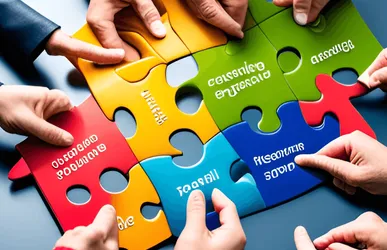
Creating a Data Repository for NASA HUNCH to Replace our use of USB - Thumb Drives
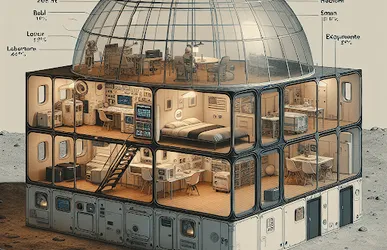
Two Chamber Lunar LAB and Habitat or Lunar Camper/Lab
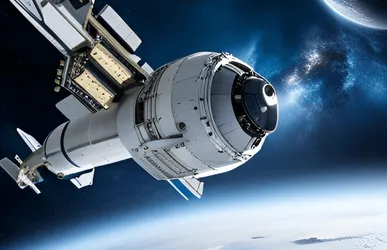
Defending the Smart Lunar Building: Cyber Security for Control Systems
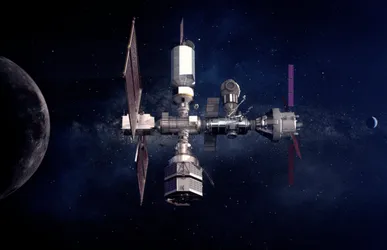
Deep Space Logistics Module VR, Computer Simulation or Game
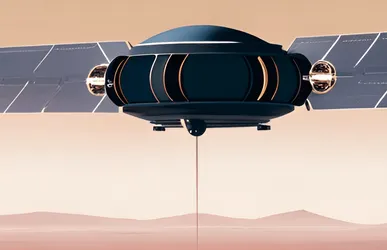
Personal Astronaut Assistant in Space
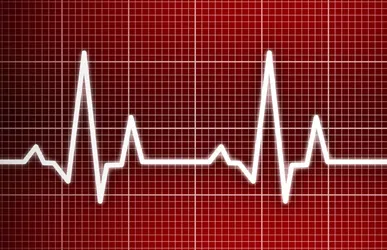
Using AI to Synthesize Medical Data
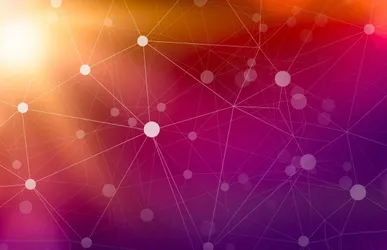
Psychological Evaluation Using AI
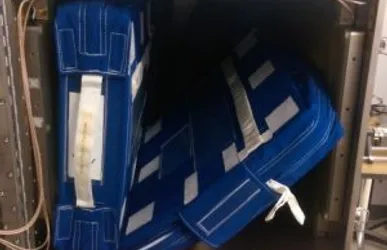
Medical Inventory System
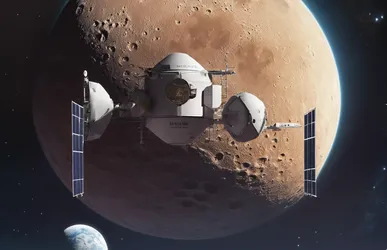
Raspberry Pi Application - Server Farm for The GATEWAY Space Station
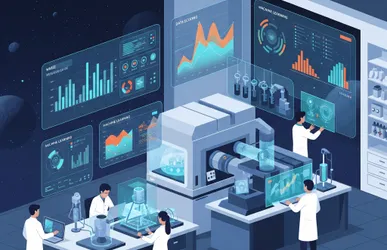
Machine Learning and Data Science Sponsored by HRP
Resources
How can we get information on AI?
This is a research question, for which I recommend you.com, which has multiple AI systems. Or use Chatgpt, co-Piolet or Scribe AI.
What programming language can I use?
You are welcome to use any programming language, but my recommendation is to use the language you are studying to gain a better and deeper understanding of it.
Weekly Objectives
- Weekly Objectives - Week 1&2 - Kick Off - Google Docs
- Weekly Objectives - Week 3&4 - Progress - Google Docs
- docs.google.com
For Educators
- STEM Content - NASA
- For Educators - NASA
- Maxwell AFB Beyond the Horizon Air & Space Show STEM Education Resources | Civil Air Patrol National Headquarters
